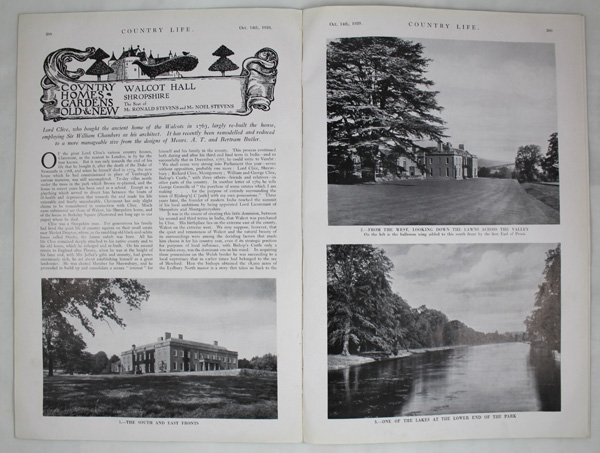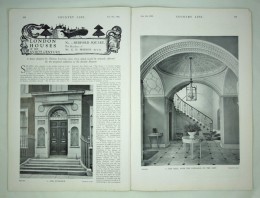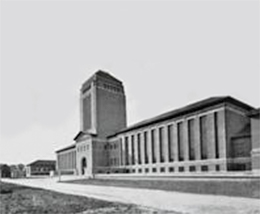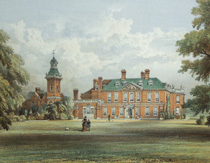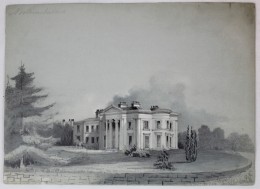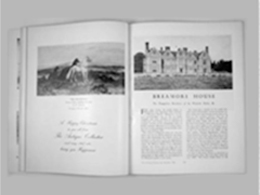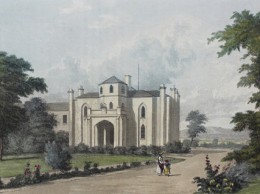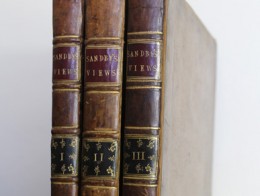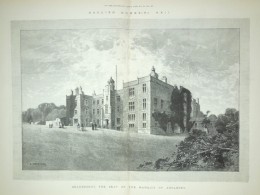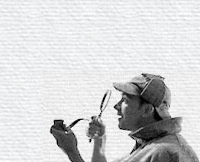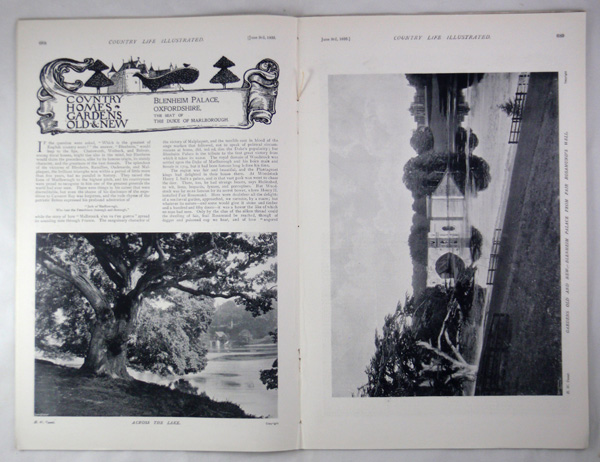
Sir William Chambers (1723-1796)
Born in Göteborg, Sweden, William chambers was the son of British merchant, John Chambers who had settled there with his wife Sarah. The young William was sent to Rippon in Yorkshire to be educated and upon his return to Sweden, at the age of sixteen (most likely due to his father’s influence) he started work for the Swedish East India Company.
Chambers worked for the Company for nine years and during that time made several voyages to the East. During these voyages, Chambers (whom had plenty of spare time away from his work) self-educated himself in languages and mathematics and began to show an interest in architecture. He would also encounter first-hand the sights of Chinese culture and Chinese architecture, an advantage his later competitors would not have.
By the age of 23 Chambers had made sufficient personal wealth to retire from his merchant career and pursue his desire to become an architect. Enrolling in Jacques-François Blondel’s school École des Arts in Paris for a year he then headed to Italy to continue his training for a further five years. During his time in Italy Chambers encountered his future rival Robert Adam and after this meeting on noting Chambers skills and natural talent Adam would remark “Time alone can determine whether I am meet to cope with such a rival.”
In 1755 Chambers returned to England to establish his practice. Within a short time he had gained the attention of Princess Augusta, mother of the soon to be King George III. She would personally appoint him as Georges tutor on architecture. At this time Chambers worked for the Princess on the design and construction of Kew, the estate her deceased husband Prince Frederick loved so much. Of the 26 buildings he created there very few remain but his master piece of the Great Pagoda still stands today.
During his time at Kew he produced two books. The first was ‘Designs of Chinese Buildings, Furniture, Dresses, etc’, 1757, which would prove to highly influential on future tastes and the second was ‘A Treatise on Civil Architecture’ published in 1759. This second book would be much admired by his contemporaries and later generations, particularly Sir John Soane. A third tome he produced “Dissertation on Oriental Gardening” he used as a vehicle to vent his frustration at losing a commission for Lord Clive at Claremont to Capability Brown whom he considered a mere gardener.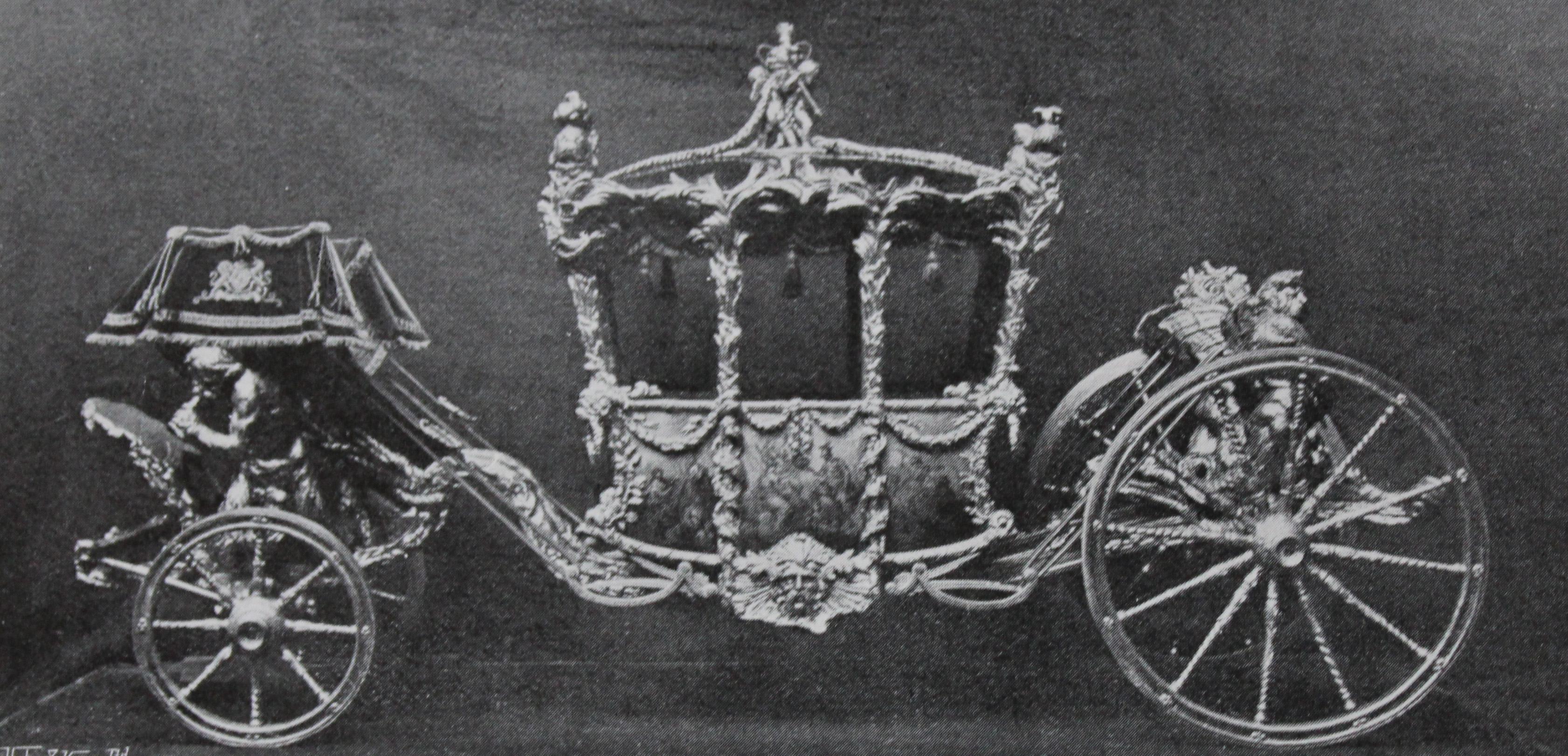
After his royal pupil ascended to the throne in 1760, Chambers was appointed alongside his rival Robert Adam as architect to the Office of Works. With this Royal patronage, over the next 15 years Chambers took on many projects for the upper echelons of British society. Some of his works included Roehampton Villa, Carlton House, Goodwood House, Blenheim Palace, the Dunmore Pineapple and the Casino at Marino. He would also combine his talents with Giuseppe Cipriani and Sir Joseph Wilton to create the Gold State Coach.
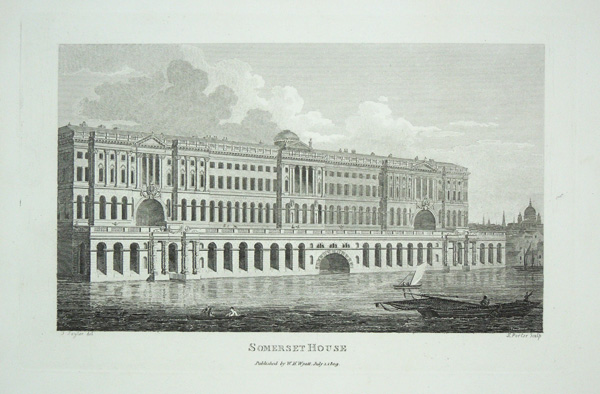 Chambers also used his influence with King George III when he played a pivotal role in the founding of the Royal Academy, which would lead not only to him being listed as a founder and the first treasurer of the RA but to his greatest project of Somerset House. Beginning in 1776 he would dedicate the remaining 20 years of his life to its design and construction but he would not see its completion in 1798, dying just two years earlier in 1796. Chambers is buried in Poets Corner at Westminster Abbey.
Chambers also used his influence with King George III when he played a pivotal role in the founding of the Royal Academy, which would lead not only to him being listed as a founder and the first treasurer of the RA but to his greatest project of Somerset House. Beginning in 1776 he would dedicate the remaining 20 years of his life to its design and construction but he would not see its completion in 1798, dying just two years earlier in 1796. Chambers is buried in Poets Corner at Westminster Abbey.
Sir William Chambers legacy was not only his buildings and designs but also the pupils that went through his practise such as James Gandon and Thomas Hardwick, his part in the creation of the Royal Academy and even playing a role in helping Sir John Soane to obtain the Kings traveling scholarship. His subtle combination of Neoclassical and Palladian design along with the Chinese elements of style he brought to Britain left an indelible mark on architecture and garden design that can still be seen today.

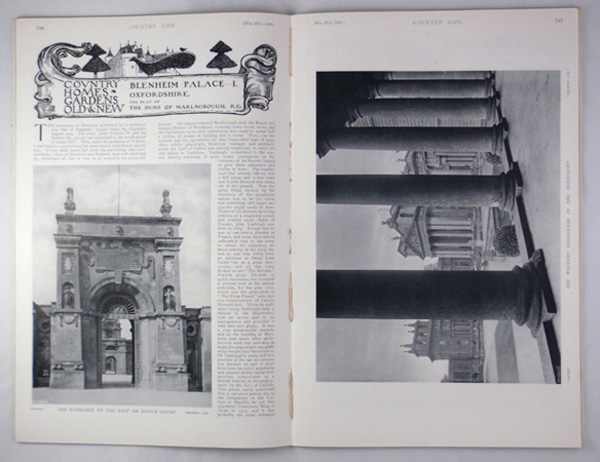
Blenheim Palace (Part 1), The Seat of the Duke of Marlborough,
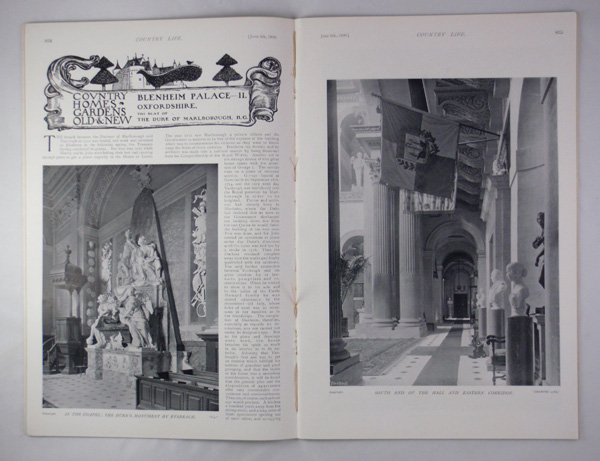
Blenheim Palace (Part 2), The Seat of the Duke of Marlborough,
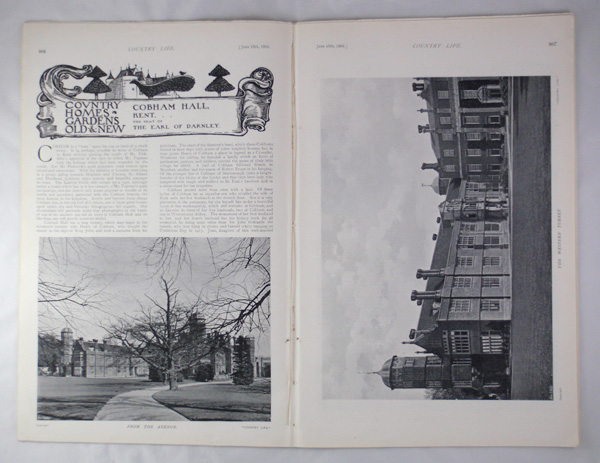
Cobham Hall
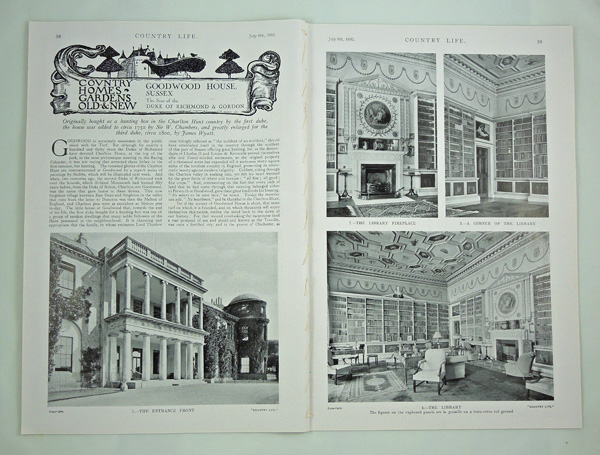
Goodwood House (Part 1), The seat of the Duke of Richmond & Gordon

Goodwood House (Part 2), The seat of The Duke of Richmond & Gordon
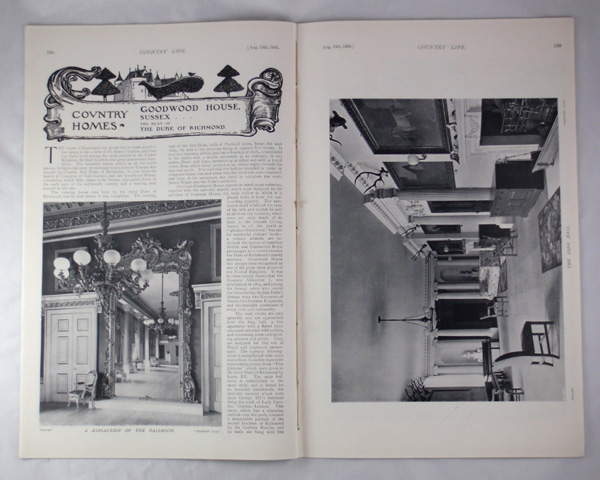
Goodwood House, The Seat of The Duke of Richmond
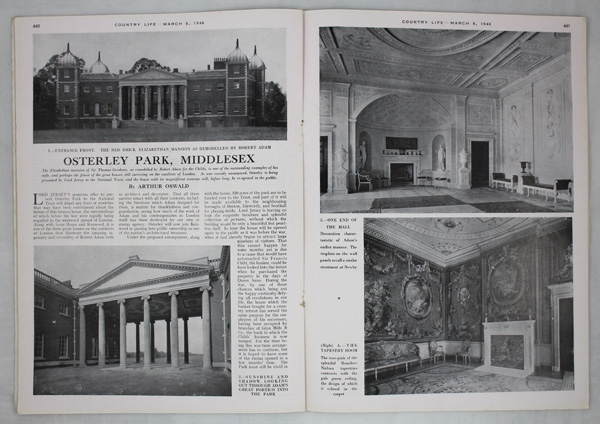
Osterley Park
